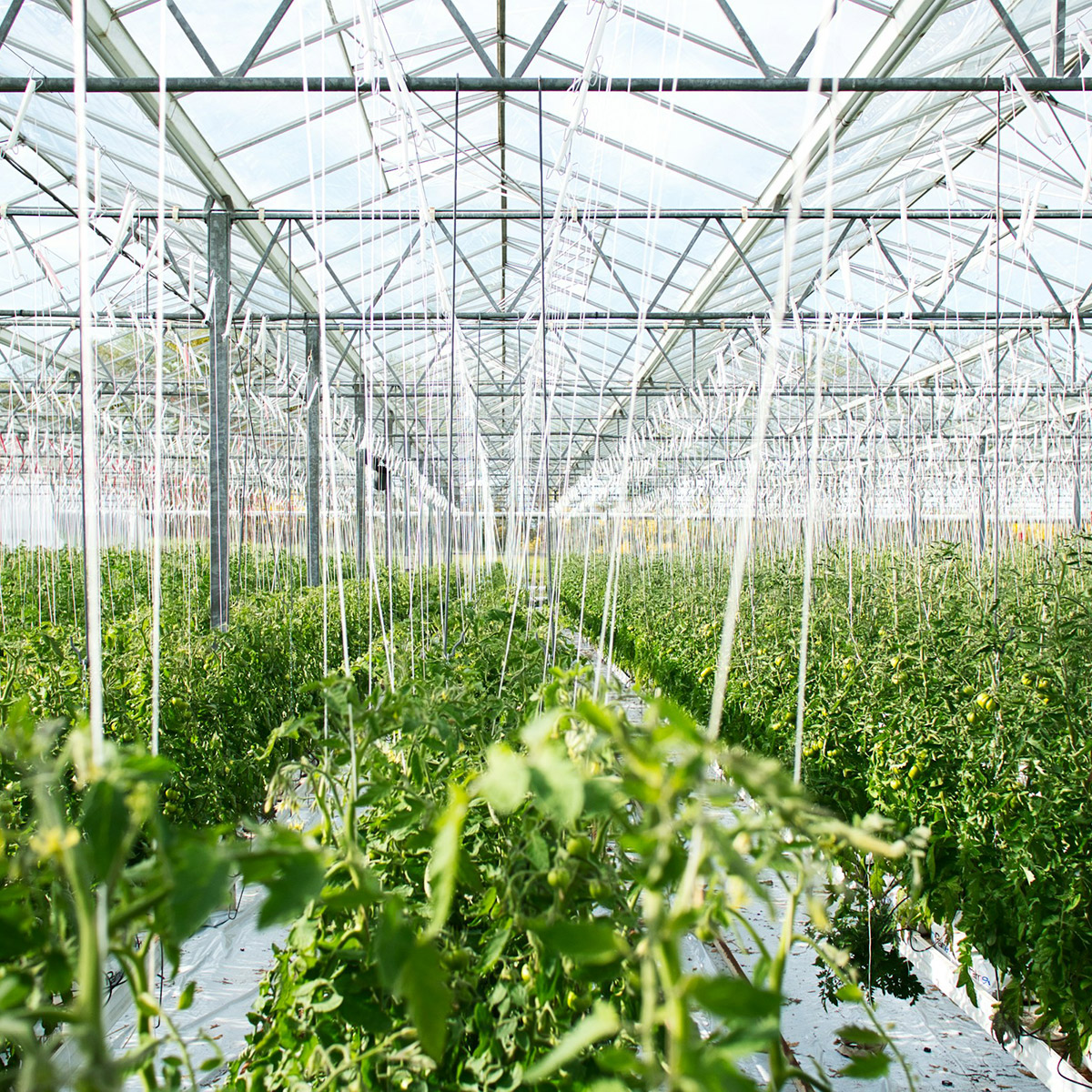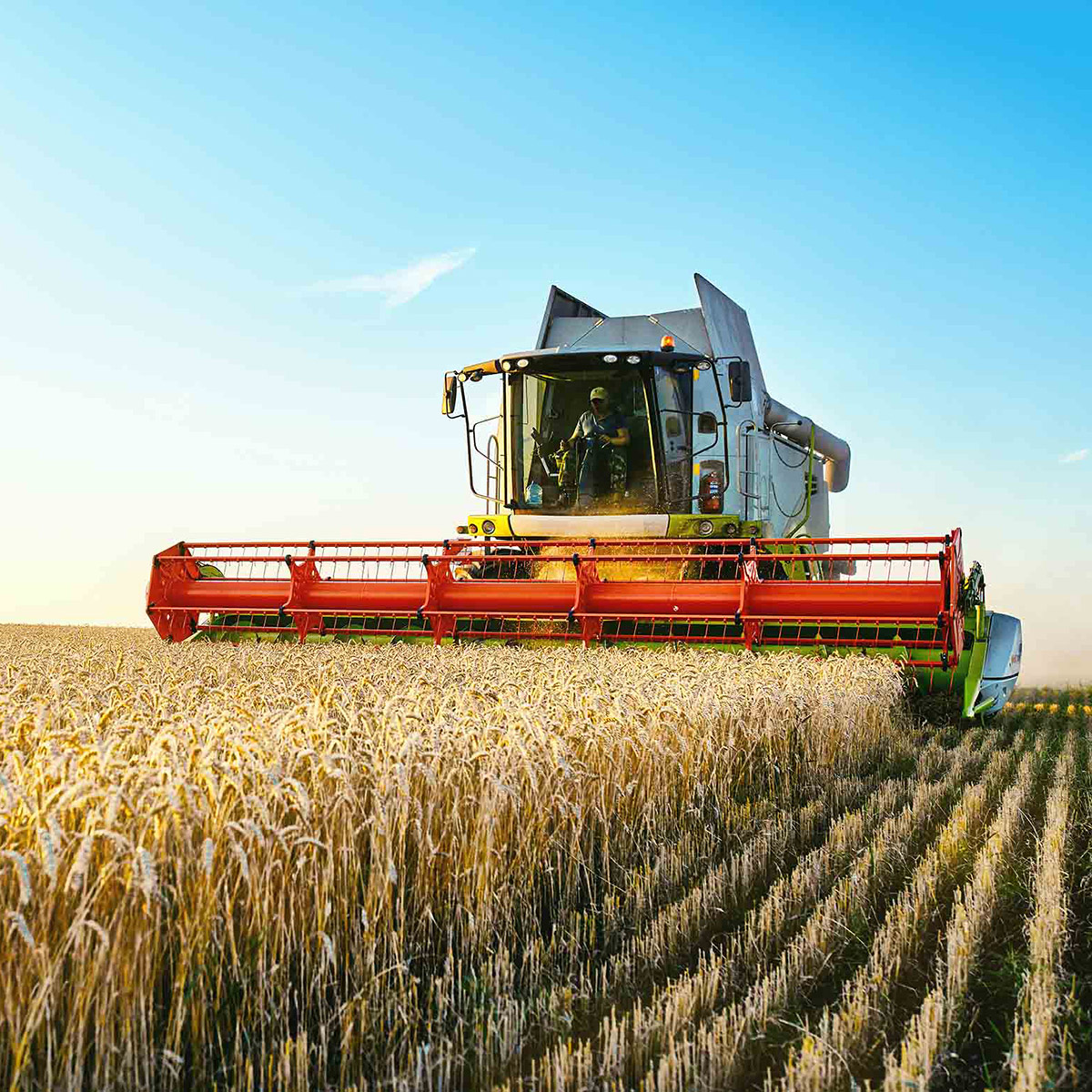Faculty



Staff

Click Here to sign up for Registration Day
For students who want to earn credits required toward a Bachelor's degree or higher, the Agriculture Business Transfer program positions them for moving on to a four-year program.
Students acquire a combination of fundamental agriculture and business knowledge derived from hands-on activities and disciplines involved with modern practices of food production.
An Agriculture Business degree enables students to understand and apply the economics, management, marketing and finances of business. Graduates leave with practical knowledge of the technical processes involved with profitably getting agricultural products to market.

This degree is for students who want to earn an Associates of Applied Sciences Degree and and plan directly enter the workforce upon graduation.
The program includes 60 credit hours of agriculture-related business courses and an eight-credit internship.
It is a comprehensive two-year retail agricultural and input/supply business management program with highly technical coursework based on industry standards.
Agriculture leaders in the community serve as advisory committee members to help guide the program.

According to the U.S. Bureau of Labor Statistics employment of farmers, ranchers, and other agricultural managers is projected to decline 5 percent from 2022 to 2032.
Despite declining employment, about 88,800 openings for farmers, ranchers, and other agricultural managers are projected each year, on average, over the decade. All of those openings are expected to result from the need to replace workers who transfer to other occupations or exit the labor force, such as to retire.
Over the past several decades, increased efficiencies in crop production have led to consolidation and fewer, but larger, farms. This means that fewer farmers are needed to produce the same agricultural output. In addition, as farms become larger, they invest more in productivity-enhancing technologies, reinforcing this effect.
Despite steady demand for agricultural products, many small farms operate with slim profit margins and are vulnerable to poor market conditions. As in the past, operators of small farms will likely continue to exit the business over the decade.
The U.S. Bureau of Labor Statistics lists the median annual wage for farmers, ranchers, and other agricultural managers was $75,760 in May 2022. The median wage is the wage at which half the workers in an occupation earned more than that amount and half earned less. The lowest 10 percent earned less than $37,440, and the highest 10 percent earned more than $139,040.
Incomes of farmers and ranchers vary from year to year because prices of farm products fluctuate with weather conditions and other factors. In addition to earning income from their farm business, farmers may receive government subsidies or other payments that reduce some of the risks of farming.
Most farmers, ranchers, and other agricultural managers work full time, and many work more than 40 hours per week. Farm work is often seasonal, and the number of hours worked may change according to the season. Farmers and farm managers on crop farms usually work from sunrise to sunset during the planting and harvesting seasons. During the rest of the year, they plan the next season’s crops, market their output, and repair and maintain machinery. Managers of greenhouses, nurseries, or farms that operate in mild or temperate climates may work year round.
On livestock-producing farms and ranches, work goes on throughout the year. Animals must be fed and cared for daily.



